Paintings as Propaganda in 16th Century Florence - a Guest Post
- DK Marley
- May 22, 2022
- 4 min read

A Guest Post by C. DeMelo
If one does a Google image search for "Eleonora di Toledo" (wife of Grand Duke Cosimo I), Bronzino’s famous double portrait depicting the grand duchess and her young son, Giovanni, inevitably pops up as a result. At first glance, this painting appears to be nothing more than an aesthetically pleasing work of art. Upon closer inspection, however, one can ascertain that it is actually a form of propaganda, an advertisement.
The piece was specifically designed to support the economic agenda of 16th century Florence while simultaneously validating Cosimo I’s rule. The iconic cream and black gown of brocaded velvet consisted of gold weft loops. This laborious technique, known as calledriccio sopra riccio (loop over loop), produces a luxuriant texture. In celebration of the revival of the silk industry in Florence, Bronzino replicated the intricacies of this fabric with realistic precision. Interestingly, the painting was completed in August 1545, the same year in which Cosimo I began commissioning Bronzino and Pontormo to create twenty breathtaking tapestries for his palazzo. Each massive piece was woven in Florence on Florentine looms.
Eleonora’s expensive gown, precious jewels, and the heavy use of gold is akin to today’s political and corporate power-dressing. Daughter of the Viceroy of Naples, Don Pedro di Alvarez di Toledo), she hailed from one of the wealthiest and most powerful families in Spain. The black velvet arabesques flowing throughout the fabric is reminiscent of the black velvet gowns favored by the Spanish royal court. By dressing alla Spagnola, the grand duchess asserts her aristocratic bloodline, immense wealth, and important political connections. Maria di Salviatti, Cosimo I's mother, purchased two hundred fine quality Venetian pearls with the intention of impressing the young Spanish noblewoman. Eleonora received this lavish gift prior to marrying Cosimo I, and they are most likely the same pearls featured in this portrait. The gold motifs displayed throughout the fabric alludes to Eleonora’s fecundity.

Historians refer to the shape as a pomegranate, a well-known symbol of fertility. The pomegranate also represents the Catholic Church and its followers (many seeds within a single fruit), as well as Jesus's resurrection, which is why this particular fruit is featured in many religious works of art (see detail of Madonna of the Pomegranate by Sandro Botticelli). On a romantic note…Cosimo I was enamored of Eleanora, and this became a well-known fact in Florence and abroad. Despite their marriage having been arranged, it was a rare love-match. Historical accounts attest that he forsook all lovers in favor of his beautiful, educated wife. Also, Eleanora traveled frequently with her husband upon his request, which was unusual. When she died suddenly at the age of forty-two, he truly mourned her loss.
Madonna of the Pomegranate, detail (Botticelli 1487) Renaissance noblewomen were expected to provide as many heirs as possible for their husbands- and preferably more than one male. The heir's brothers were like insurance policies. Eleonora bore her fifth child two months before Bronzino completed the painting. Giovanni was the second son (Francesco being Cosimo's heir). Keep in mind that she married Cosimo in 1539. By the time she died in 1562 the grand duchess had given birth thirteen times. Two babies were stillborn, resulting in a total of eleven surviving children. Maria (April 3, 1540 – November 19, 1557) Francesco (March 25, 1541 – October 19, 1587) Isabella (31 August 1542 – 16 July 1576) Giovanni (28 September 1543 – November 1562) Lucrezia (7 June 1545 – 21 April 1561) Pietro (10 August 1546 – 10 June 1547) Garzia (5 July 1547 – 12 December 1562) Antonio (July 1, 1548 – July 1548) Ferdinando (30 July 1549 – 17 February 1609) Anna (19 March 1553 – 6 August 1553) Pietro (3 June 1554 – 25 April 1604)
Lastly, Bronzino depicted Eleonora and Giovanni with radiant skin and robust health. This physical idealization, combined with their formal pose and serene expressions, reminds us of the many Madonna and Christ child paintings throughout Florence. Eleonora was a faithful Catholic, frequently lauded for her chaste comportment and piety. During the Renaissance, the Holy Virgin's image underwent a radical transformation. The serious and matronly Mary, so common in medieval art, was replaced by a pretty young mother by artists like Fra' Fillipo Lippi, Sandro Botticelli, and Raffaello Sanzio.
In a period where the line between human and the divine was blurred, Bronzino's implication (whether intentional or not) is quite valid. BIO: After obtaining an Art History degree from UMASS Dartmouth, C. De Melo facilitated educational programs for Trinity College throughout Italy before settling in Tuscany. She became a Florence museum guide, writing two Renaissance novels featuring the Medici family (both are sold in the Uffizi Gallery Museum bookstore). The author specializes in novels set in Italy and makes it a point to visit the cities and historic sites mentioned in her stories in order to provide readers with accurate, vivid details.
*******************

About C. DeMelo
"I perform CPR on history."
Hello and welcome! My specialty is historical novels set in Italy but I write other genres too. I love to travel, and visit the cities and historical sites mentioned in my novels in order to provide readers with accurate, vibrant descriptions.
After obtaining my Art History degree from UMASS Dartmouth, I was hired by an American university to coordinate educational programs throughout Italy. In 2007, I settled in Florence to work as a museum guide.
All #CDeMeloBooks can be purchased on Amazon. Please visit www.cdemelo.com
Books by C. DeMelo













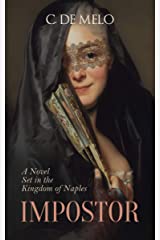
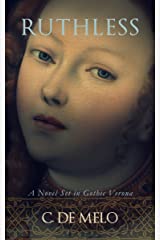

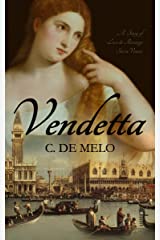
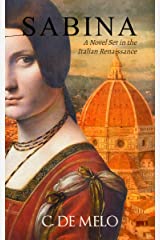
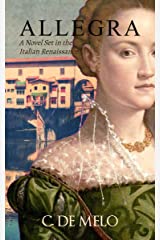
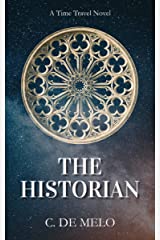
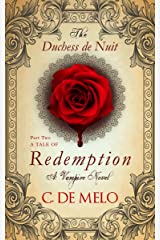
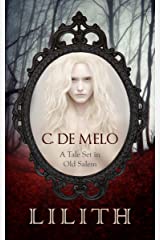
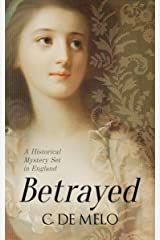

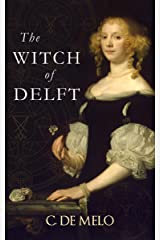
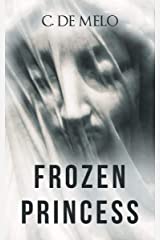
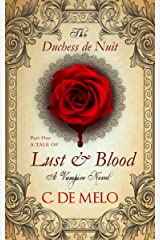





Fascinating and as propaganda goes certainly far more appealing and multi textured than our current incarnations. So many layers of meanings!